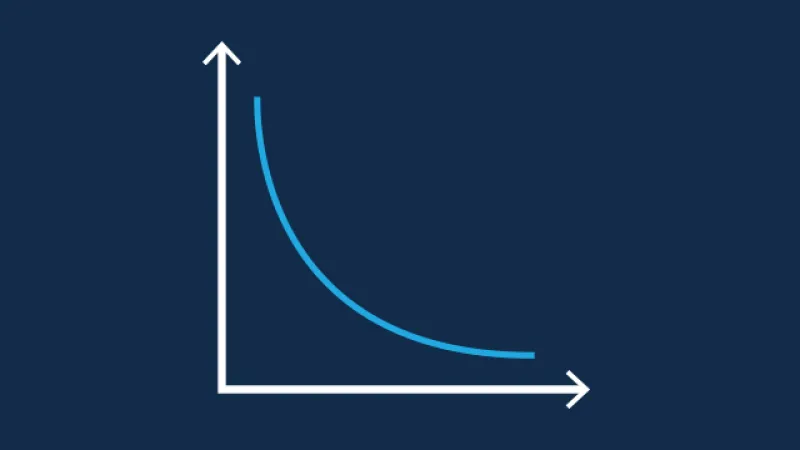By Scott Bauer for CME Group
At a Glance
- An inverted yield curve historically projects a recession around 22 months after the inversion
- Events like the trade war and Fed policy are right now bigger economic indicators than the curve
Recession Predictor
Over the past 50 years, the 2-year rate has surpassed the 10-year rate before every recession. Investors will remember the last time the yield-curve looked like this was in December 2005, approximately two years before the financial crisis. In fact, according to Credit Suisse, an inverted yield curve projects a recession around 22 months after the inversion.
The difference between this inverted yield and the one that 14 years ago predicted the largest recession since the Great Depression is that interest rates were never allowed to fully recover and normalize from the mini recession in 2016. The 30-year bond reached an all-time low in the summer of 2016 before that record was just recently surpassed. Although the global economy has historically faced recessions following yield curve inversions, the stock market has gone through both booms and busts during these times.
Stocks Can Still Go Higher
The good news for traders and investors is that historically, during the lag between a yield-curve inversion and economic downturn, equities have performed better than expected. According to data from Credit Suisse, in the year and a half following an inversion, the market rallies on average 15 percent before returns go negative around six to seven months later.
Specifically, sectors such as utilities, and consumer staples tend to remain positive because of their defensive nature, with utilities outperforming the S&P by over 5 percent on average in the last three instances of this inversion. This trend has continued as just recently, Duke Energy and Dominion Energy, two of the biggest American energy companies, have fought the market sell-off, just like consumer staples giants Wal-Mart and Proctor & Gamble. As we look ahead through the next 18 months and towards what may be a recession, utilities and consumer staples will be the sectors to keep a close eye on.
We’re in An Event-Driven Economy
So what does the inverted yield curve mean for the current global economic situation? The yield curve is certainly an indicator that should be monitored closely for potential warning signals. However, much like the rest of this year the most important indicators are event driven. This year has been dominated by the U.S. trade war with China, the Federal Reserve’s policies, a decline in global interest rates (many falling to negative territory), and the “Deal or No Deal Brexit” situation.
All of these economic events factor into the yield curve as well as day-to-day market performance. In an event-driven economy, which we are clearly in, these global issues have garnered the undivided attention of traders, investors and economists. Although the yield curve has historically been predictive of a forthcoming recession, global current events around the world may be the best indicator of when we might actually enter a recession as well as how long it could last.






